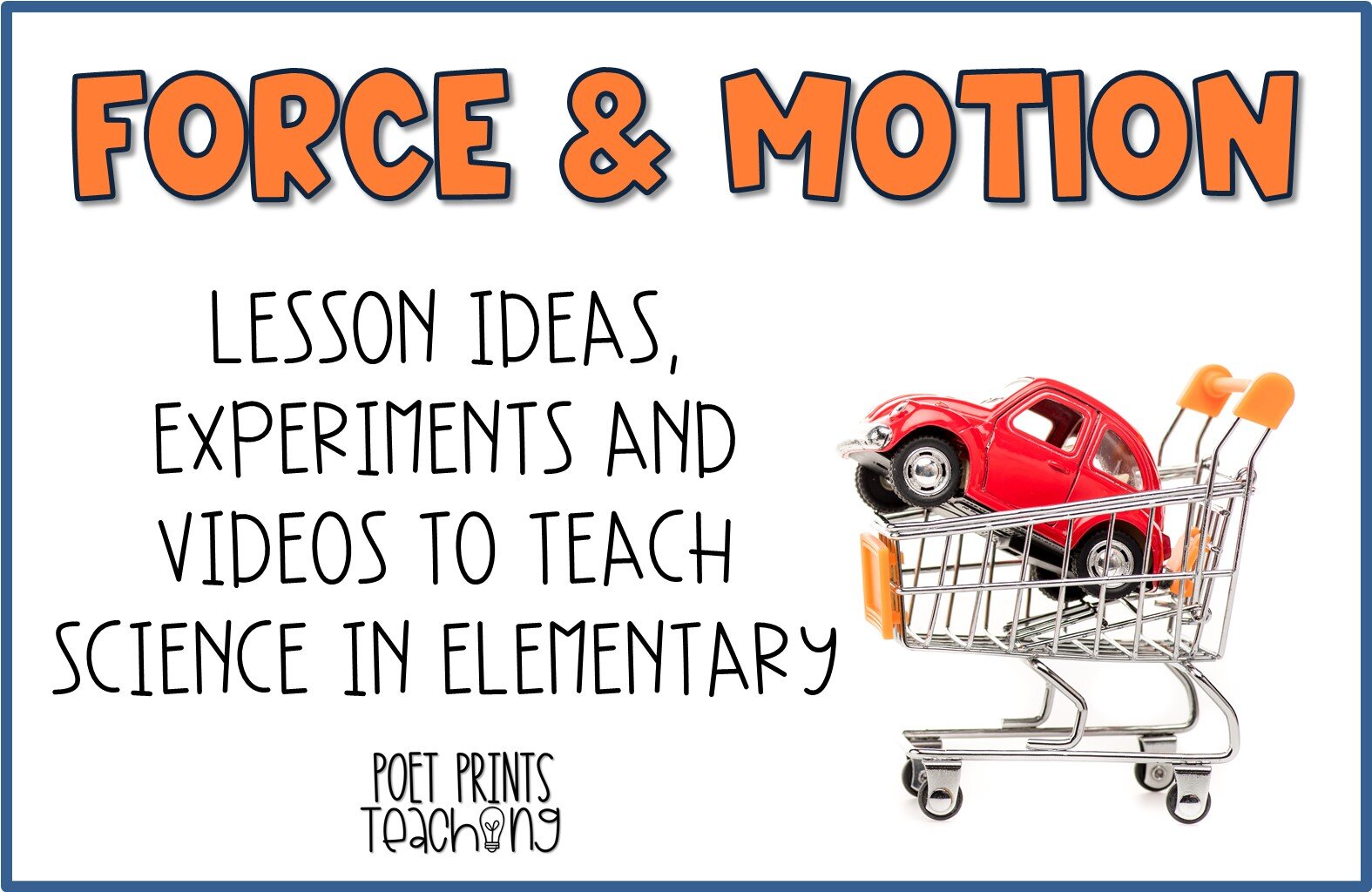Science is my favorite subject to teach. I know I’ve said that before, but I mean it! There’s something about the continual discovery and inquiry that happens during a science lesson that is second to none, it is hands-on and moves beyond science worksheets. Science experiments are the backbone of my science class, and any experiment or STEM challenge is rooted in the scientific method. It is so important that students understand the steps in the scientific method so that they are ready to conduct scientific inquiries in and out of the classroom.
Experiments are a great way to learn the scientific method without worksheets!
Make Sure to Teach the Steps
This may seem simple, but I start the year with a lesson specifically on “the scientific method”. I walk my students through the steps so that they understand each step of the process. I’ll put the steps of the scientific method on an anchor chart, and write any new vocabulary words on our word wall. We’ll talk through each step:
Creating a Question - What are we exploring? What question are we trying to answer with this experiment?
Hypothesis - What do we expect will happen? Is this guess reasonable? What do we already know about this topic? (I do spend quite a bit of time teaching about how to create a reasonable hypothesis, second grade students have a tendency to make wild and outlandish guesses about what will happen in an experiment!)
Procedure - What steps will we take to conduct the experiment? We need to document absolutely everything that we do so we can do it again later if we need to. This is also a great time for a mini-lesson on how to complete a scientific diagram with labels.
Results - What happened when we completed our experiment? What did we observe?
Conclusions - What do we know now? Was our hypothesis right? This is the place where we give a summary of how the experiment went and let other scientists (our peers!) know what we might do differently next time!
Complete a Science Experiment Together
We used this Scientific Method worksheet flip book to record our steps as we complete the experiment
To really help students to understand the steps in the scientific method, I like to do (at least) one experiment altogether, using the same recording form, following the same procedure, recording the same information. It’s all exactly the same. You get it. It’s not that I don’t want students to think for themselves, but I find it helps to build a foundation for success later on if we’ve done one perfectly together. (I use this technique a lot, actually. It’s how I set my students up for success in our Inquiry Crime Scenes as well.)
Let Students Find Their Own Experiment
Now that students are comfortable with the steps and vocabulary in the scientific method, and they’ve done an experiment together with me, it’s time for them to do one on their own. This is a great chance for a little student-led learning. Within reason, I’ll let students find their own area of interest, devise their own hypothesis, and we’ll work together to gather the materials to complete the experiment! Sharing the results is a great chance to practice presentation skills and bring in a few speaking and listening standards to our science lesson.
“Teaching the Scientific Method in Third Grade”. Two students hold up science experiment supplies.


















